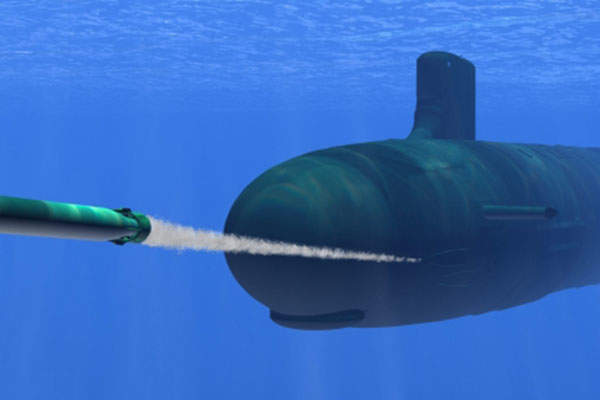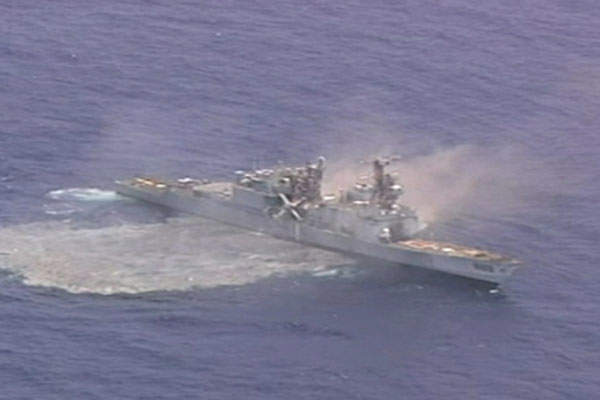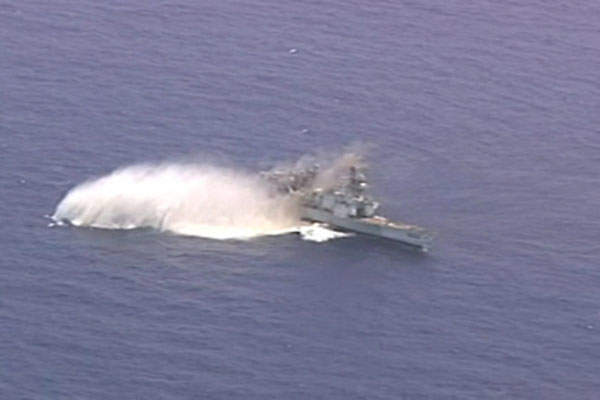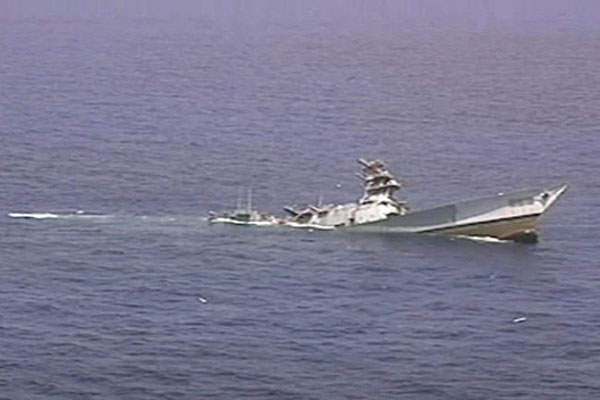Lockheed Martin designed and developed the MK 48 Mod 7 Common Broadband Advanced Sonar System (CBASS) submarine-launched heavyweight torpedo for the US Navy.
The torpedo, which has advanced counter-countermeasure capabilities, is operational with the US and its allied submarine fleet, and serves as a highly effective and lethal weapon against anti-surface and anti-submarine threats in deep and shallow waters.
The heavyweight torpedo is equipped with advanced commercial-off-the-shelf technologies to provide superior reliability and performance against challenging threats in both littoral and blue water environments, and can support multi-band operation.
MK 48 Mod 7 CBASS development details
The Virginia Class new attack submarine is an advanced stealth multimission nuclear-powered submarine for deep ocean anti-submarine warfare and littoral (shallow water) operations.
The MK 48 Mod 7 CBASS is an upgraded version of the MK 48 Advanced Capability (ADCAP) Mod 6 Advanced Common Torpedo (ACOT), manufactured by Raytheon. The new torpedo was developed as part of an Armaments Cooperative Programme between the US Navy and the Royal Australian Navy.
The US Navy awarded a $70.2m contract to Raytheon for 15 MK 48 ADCAP torpedoes in support of MK 48 CBASS initial production and production engineering. Development testing of the MK 48 CBASS torpedo was completed in November 2004 and operational testing was completed in November 2005. Initial operational capability was achieved in 2006 after hardware and software upgrades.
The torpedo was successfully test-fired by HMAS Waller submarine of the Australian Navy during the Rim of the Pacific 2008 (RIMPAC 08) exercise in July 2008.
Orders and deliveries
The US Navy awarded a five-year fleet-wide CBASS programme to Lockheed Martin in 2011 to modernise a total of 1,263 MK 48 torpedoes deployed by the entire submarine fleet as anti-submarine or anti-surface warfare weapons. The company received a contract worth over $50.68m for functional item replacement kits, engineering services, spare parts and production support material in March 2011.
The upgrade kit consists of a broadband analogue sonar receiver, a guidance and control box, a pre-amplifier, guidance and control materials, and cable assemblies. It provides increased bandwidth and streamlined targeting and tracking capabilities to the heavyweight torpedo.
Lockheed Martin secured a $37m contract from the US Navy in August 2013 to provide Mod 7 CBASS replacement kits and services for the MK 48 heavyweight torpedoes in service with the US Navy and allied naval customers from Canada and the Netherlands. Polaris Contract Manufacturing, a subsidiary of Lockheed Martin, is responsible for building the circuit card and module assembly. Completion of the work is scheduled for July 2017.
Lockheed Martin was awarded a $10m contract by the Naval Sea Systems Command (NAVSEA) in April 2014 to provide maintenance support for all MK 48 torpedoes.
Design and features of the MK 48 Mod 7 CBASS
The MK 48 Mod 7 CBASS torpedo has a length of 5.8m and diameter of 53cm, and can reach a maximum depth of 1,200ft. It weighs 1,676kg and carries a high explosive warhead of 292.5kg.
Active and passive homing guidance is provided by the Common Broadband Advanced Sonar System. The torpedo can effectively engage low-Doppler shallow submarines, fast deep diving submarines and high-performance surface ships.
It supports autonomous fire-and-forget operation or wire-guide capability to provide post-launch monitoring and updates through the submarine combat system. It also allows the transmission and reception over a wide frequency band. The broadband signal processing techniques ensure improved search, acquisition and attack effectiveness for the torpedo.
Engine and performance
The MK 48 Mod 7 CBASS torpedo is propelled by an inexpensive Otto Fuel II Piston engine, and has a speed of more than 28kt and a range of five miles.
US Defence Sector – Market Opportunity and Entry Strategy, Analyses and Forecasts to 2015
Detailed analysis and forecasts of the US defence market are available from our business information platform Strategic Defence Intelligence. For more information click here or contact us: EMEA: +44 20 7936 6783; Americas: +1 415 439 4914; Asia Pacific: +61 2 9947 9709 or via email.







.gif)
